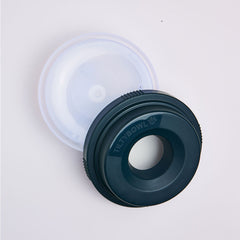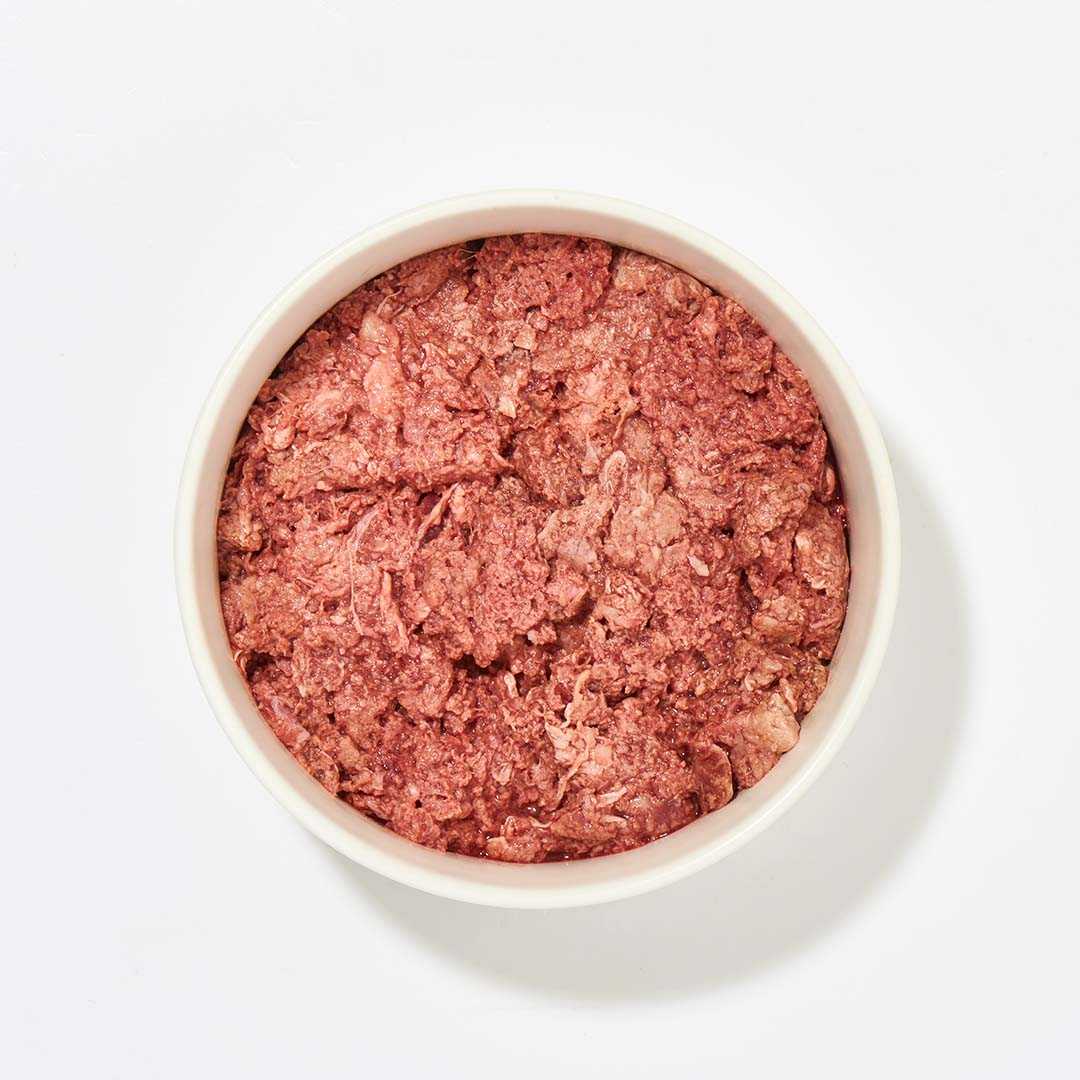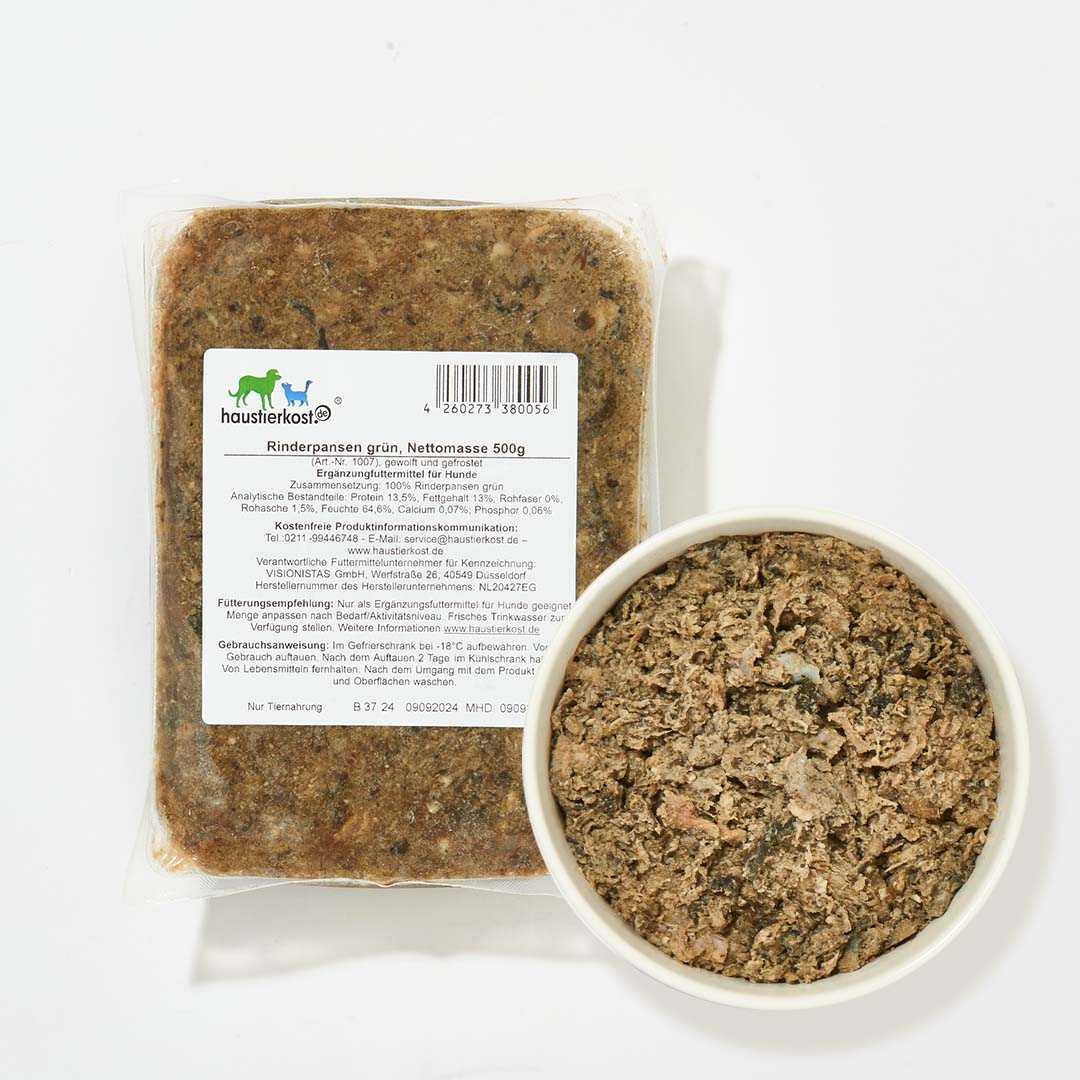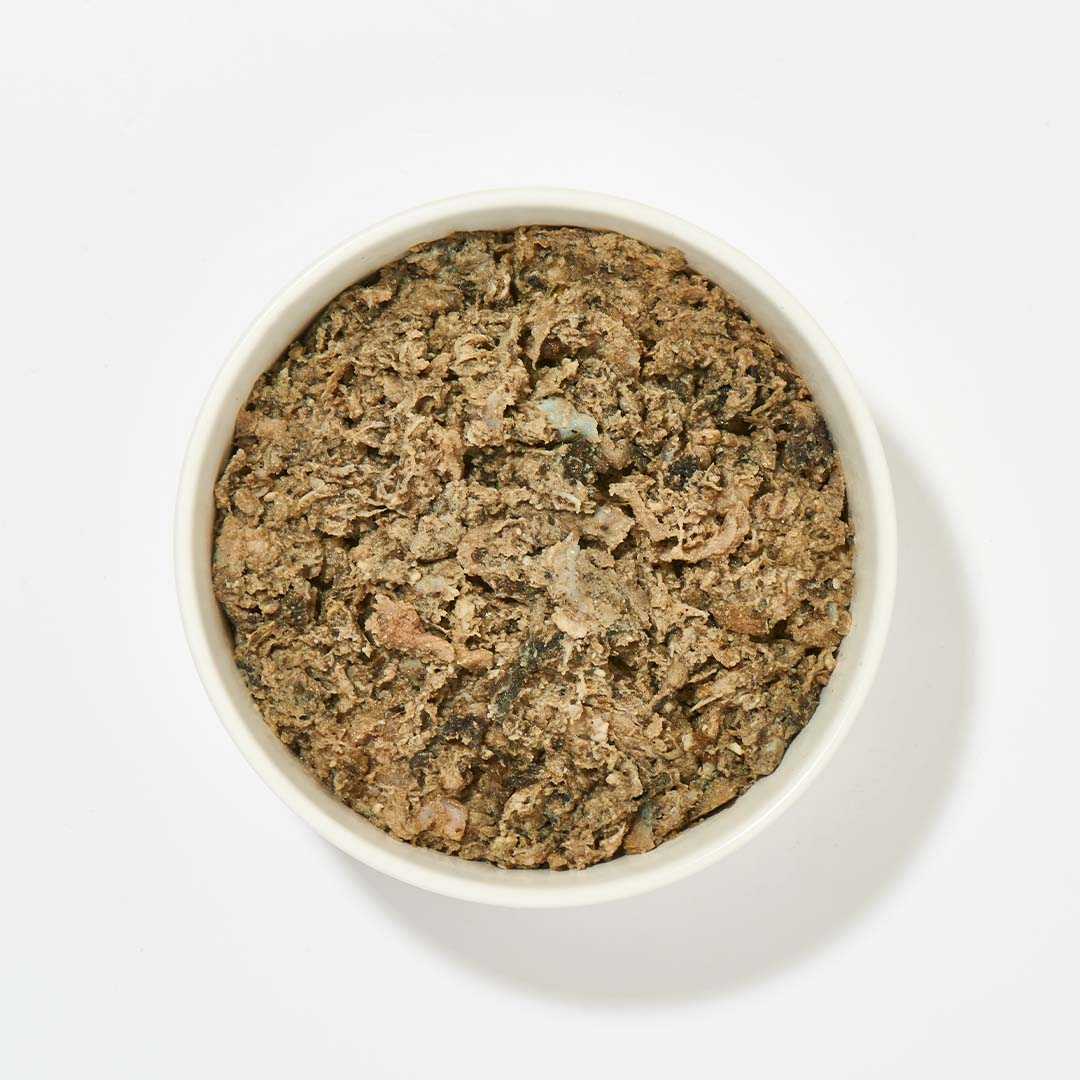Having your cat neutered is especially useful for outdoor cats. They move around outside the house and can mate unnoticed. If you have a female cat, it can quickly happen that two to six kittens suddenly live with you. Within a year, this can easily become eight kittens, which could then be repeated the following year. To counteract overpopulation, veterinarians recommend having cats neutered. There are also many other advantages that even apply to house cats. We will show you the various advantages and guide you through the process of having your cat neutered.
Neutering a cat: your advantages
During castration, the testicles or ovaries and often the uterus are removed. This prevents further sex hormones from being produced. This affects both behavior and metabolism. The animals' sex drive disappears, they usually become calmer and tend to be slightly overweight after castration. In veterinary practices, it is a routine procedure to have cats castrated. The procedure is usually recommended at the age of six to eight months so that the animals have fully gone through puberty.
The advantages of castration in domestic cats:
- Absence of symptoms of heat, which leads to less stress.
- The territory is less frequently marked with urine.
- The animals are often less aggressive and instead more people-oriented.
- The risk of hormonal diseases decreases and disappears completely in the case of uterine cancer if the uterus has been removed.
In addition, there are the following advantages if you have your outdoor cat neutered:
- Uncontrolled reproduction is prevented.
- Fewer territorial fights and disputes as well as the reduced risk of injuries, infections and accidents during mating increase life expectancy enormously.
- The reduced need to walk around reduces the risk of traffic accidents.
- Infectious diseases such as feline AIDS or feline leukemia are less common.
How to have your cat neutered
The castration procedure is clearly structured. Before the operation, the cat is not fed for around eight to twelve hours, as it is anesthetized during the treatment and therefore cannot choke on vomit while in a deep sleep. Once the anesthetic has taken effect, the treating staff remove the fur from the surgical field and disinfect the area. In the tomcat, two small incisions are then made in the scrotum, exposing the testicles and vas deferens. The vas deferens and associated blood vessels are tied off and the testicles are removed. If you have a female cat castrated, the abdominal wall is opened with an incision in the lower abdomen. The ovaries and uterus can then be easily removed, although the procedure is generally more complicated and time-consuming than in the tomcat. Among other things, suture material is used in the abdominal cavity, which dissolves over time. The external stitches are removed after around ten days.
Incidentally, surgery is also necessary if you have your cat sterilized. However, neither the testicles nor the ovaries are removed. Only the vas deferens (male cat) and the fallopian tubes (female cat) are severed. This prevents sperm and eggs from being transported and leading to fertilization. At the same time, hormone production and sex drive are maintained, which means that some of the important benefits from the list above are lost. However, if your main concern is to prevent unwanted offspring, you can have your cat sterilized.
After the treatment, the four-legged friends will of course continue to be monitored. The staff will ensure that they wake up safely from the anesthesia and after a few hours you can pick up your furry friend. Plasters or a neck brace will ensure that the wounds are not bitten or licked too often.
Alternatives to castration and sterilization
Before you have your cat neutered, it is worth looking at other contraceptive options for your house cats. The options include the hormone chip, the hormone injection and the melatonin chip.
The hormone chip is also known as chemical castration. A GnRH implant (gonadotropin releasing hormone) is injected under the skin, from which hormones are released into the body. The active ingredient deslorelin basically has the same effect as a classic castration. However, the effect is limited to six to twelve months in cats and up to 24 months in tomcats.
The hormone injection is given every three to five months. After that, cats can become pregnant again. The same applies to the melatonin chip, which is inserted between two heat cycles and suppresses the upcoming heat cycle for about three to four months.
Due to numerous potential side effects and even possible diseases, hormonal contraceptives are usually used only temporarily in cats rather than providing a permanent solution when people have their cats neutered. For example, breeding cats take a one-year "break".
Feeding after castration
With regard to BARF , little changes if you have your cat neutered. Ask your veterinarian whether certain foods that you use frequently should be avoided shortly after the procedure. Otherwise, pay attention to the animals' frequent weight gain. You can counteract this with controlled feeding and low-fat BARF meat . We offer the corresponding foods right here in our BARF shop .








































































































